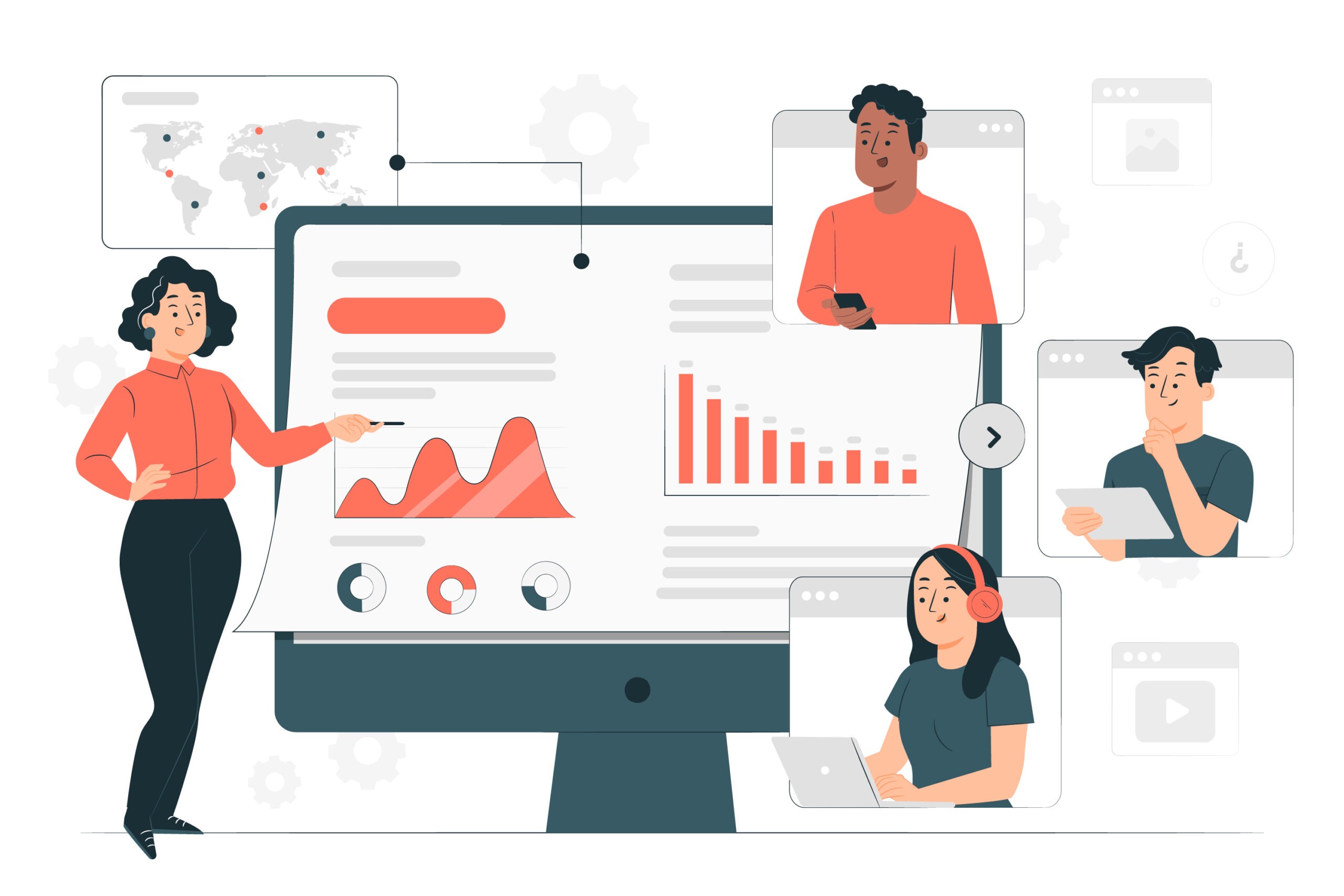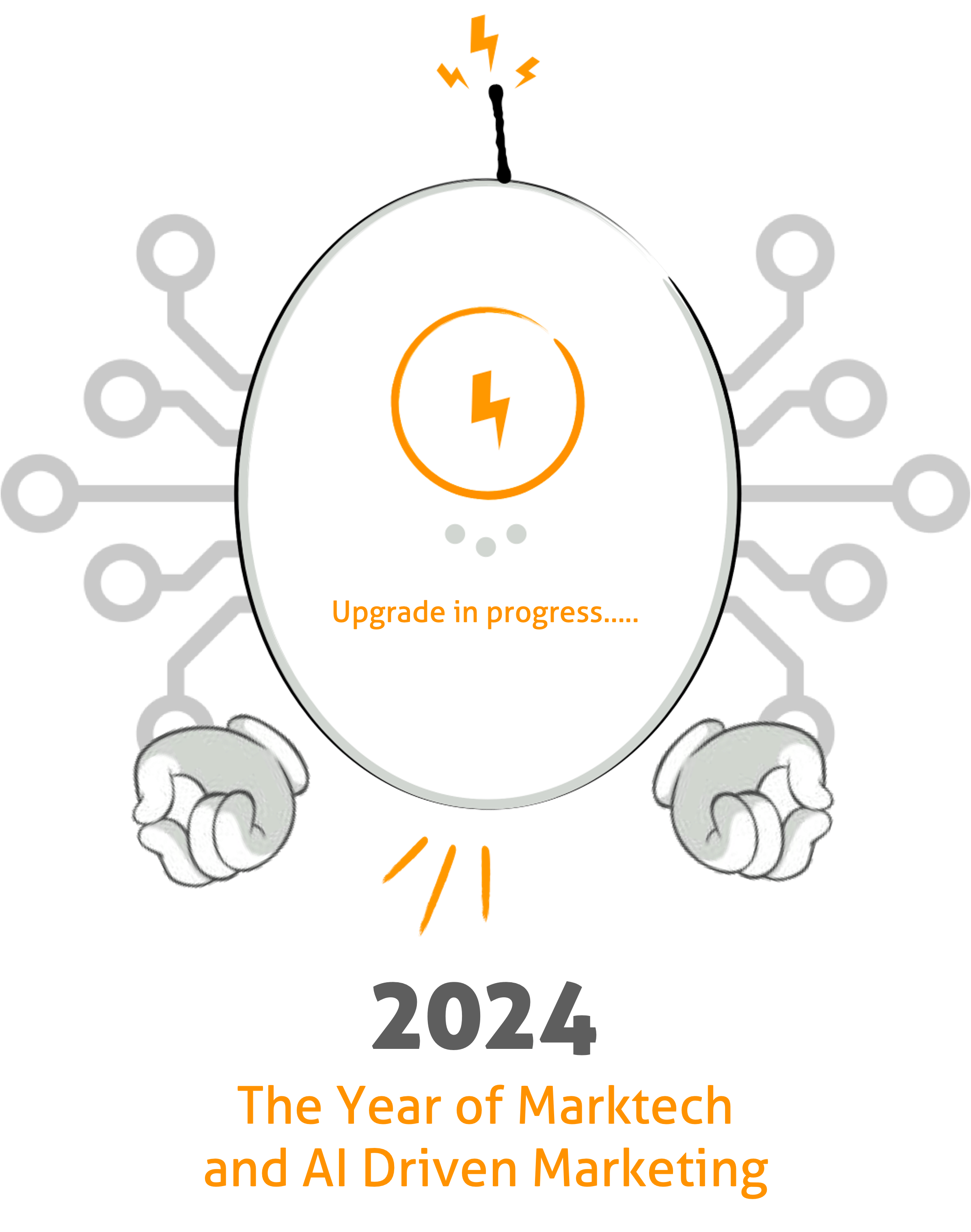
Building strong customer relationships is more important than ever for SMBs in a competitive market. A Customer Relationship Management (CRM) system can transform how you engage with your customers, providing valuable insights and enabling personalized interactions that drive loyalty. But effective CRM implementation goes beyond just installing software. It’s a strategic process that, when done right, can revolutionize your business.
Below is a roadmap tailored for SMBs to help you not only implement CRM successfully but also maximize its impact. And to make things even easier, a downloadable infographic at the end of this blog summarizes each step.
Why SMBs Should Invest in CRM Now
Before we dive into the roadmap, it’s important to understand why a CRM system can be a game-changer for small and medium-sized businesses:
- Unified Customer Data: Gain a 360-degree view of your customers, consolidating data across channels to improve insights and service.
- Personalized Experiences: Tailor your marketing, sales, and customer service to individual needs, which boosts loyalty and increases conversions.
- Improved Team Collaboration: Keep everyone on the same page by centralizing data, which streamlines communication and enhances productivity.
- Automation of Routine Tasks: Free up your team to focus on high-impact activities rather than administrative tasks, driving greater efficiency.
Now, let’s dive into the CRM Implementation Roadmap specifically designed for SMBs.
CRM Implementation Roadmap
Step 1: Set Clear Objectives
- Why It’s Important: Having clear goals allows you to choose the right CRM features and measure success.
- Questions to Ask: What do we hope to achieve? Are we aiming for improved customer engagement, higher sales, or better customer retention?
- Quick Tip: Define measurable KPIs, such as increased lead conversion rate, reduced response times, or enhanced customer satisfaction scores.
Step 2: Choose the Right CRM Platform
- Why It’s Important: There are many CRM platforms available, but not all are suitable for SMBs. Choosing the right one saves time, money, and effort.
- Key Considerations: Look for scalability, ease of use, and essential features like contact management, automation, and analytics.
- Quick Tip: If possible, opt for a CRM with a free trial to get hands-on experience before committing.
Step 3: Prepare and Clean Your Data
- Why It’s Important: Clean, accurate data is the foundation of any CRM. Migrating incorrect or duplicate data can create issues down the line.
- Action Steps: Conduct a data audit to remove duplicates and outdated information, standardize formats, and ensure compliance with privacy regulations.
- Quick Tip: Designate someone on your team to oversee data quality going forward to maintain a clean database.
Step 4: Engage and Train Your Team
- Why It’s Important: A CRM is only as effective as the people using it. Training empowers your team and ensures high adoption rates.
- Action Steps: Schedule hands-on training sessions for all users, set up user guides, and encourage continuous learning.
- Quick Tip: Create CRM champions in each team to provide on-the-ground support and keep adoption high.
Step 5: Start Small with a Pilot Phase
- Why It’s Important: Rolling out the CRM gradually reduces disruption and allows you to make adjustments based on feedback.
- Action Steps: Launch with one team or department, gather feedback, and use insights to fine-tune your approach before full implementation.
- Quick Tip: Monitor KPIs from the pilot phase to evaluate CRM effectiveness early on.
Step 6: Automate Where Possible
- Why It’s Important: Automation can help you save time on repetitive tasks and ensure consistency in customer interactions.
- Action Steps: Automate common tasks, such as email follow-ups, lead scoring, and customer support workflows.
- Quick Tip: Start with small, high-impact automations to ease your team into the CRM’s capabilities without overwhelming them.
Step 7: Monitor, Analyze, and Optimize
- Why It’s Important: Regular reviews allow you to understand what’s working and what’s not, making the CRM more valuable over time.
- Action Steps: Use CRM analytics to measure KPIs, gather team feedback, and refine processes as needed.
- Quick Tip: Schedule quarterly reviews to evaluate progress and make data-driven adjustments.
Step 8: Seek Strategic Support When Needed
- Why It’s Important: A CRM consultant or advisor can provide insights that are hard to achieve in-house, ensuring you get the most out of your investment.
- Action Steps: Partner with a CRM expert to refine strategy, avoid pitfalls, and stay on track with the latest CRM innovations.
- Quick Tip: Consider support options as part of your CRM’s long-term strategy rather than as an afterthought.
Real-Life Success: SMBs Thriving with CRM
- Local Retailer Gains 40% Repeat Customers: By adopting CRM-driven loyalty programs and personalized offers, a small retailer saw a 40% increase in repeat business within the first year.
- Tech Startup Boosts Lead Conversions by 25%: A startup implemented CRM to automate lead nurturing, leading to a 25% improvement in lead conversion rate within six months.
Downloadable Infographic: Your CRM Implementation Roadmap
Ready to keep these steps at your fingertips? Download our infographic summarizing the CRM Implementation Roadmap to guide your SMB through each stage of CRM adoption. It’s a quick, visual reference to keep you on track.
Click here to download the infographic!
Final Thoughts: Start Small, Think Big
Implementing CRM is a strategic journey, not a one-time project. By following this roadmap, SMBs can unlock the full potential of CRM, transforming customer interactions and setting the stage for a loyal customer base. And if you want to make the process smoother, partnering with a strategic advisor can help tailor your approach to get the most out of CRM in 2025.
Is your SMB ready to take the next step in revolutionizing customer relationships? Start with these steps, and you’ll be well on your way to achieving customer-centric success.
Share This Story, Choose Your Platform!
FAQs
Marinoid has a different grammatical meaning. We coined it from two words viz Marketing + Droids. A futuristic approach to marketing. Our mascot ‘Noidy’ is designed and inspired by the movie, WALLE and shares the same emotional quotient.
You will get a call from us within 24 hours or when you have scheduled a call. First meeting focuses on understanding your business problem and/or marketing request. We will brainstorm the need and discuss how to approach it. If you like the approach, we will discuss the commercials and kickstart the journey.
Digital Marketing is not magic. It is a science and art. Besides, there are various factors which decide ‘success’. Treat marketing as an investment centre rather than a cost centre. Understand and brainstorm as much as possible before committing to the plan.
A wise man once said – “If you throw peanuts, you will only attract monkeys!” At Marinoid, we focus on helping you achieve GTM first rather than focusing on our profits – so don’t worry we will help you regardless.
In simple terms, your website – your most critical asset. Focus most of your efforts on making this asset robust, scalable and simple. It should be your best replacement on the web and all your efforts should be circled around this asset.
Yes, there is an hourly charge for consultation. Check our pricing page or drop us a note and we will tell you the details.

Some of our Recent Posts:
Beyond Buzzwords: How SMBs Can Transform Virtual Influencers into AI-Driven Problem-Solvers
Welcome to the Future of SMB Marketing Picture this: you run a thriving SMB offering IT services or products, and your customer pipeline is growing fast. Great news! But [...]
The Future of Attraction: Inbound Marketing in 2025—A Strategic Guide for SMBs
As we get ready for 2025, the way we attract customers is evolving rapidly, driven by the fusion of advanced technology, shifting consumer expectations, and innovative inbound strategies. For [...]
How AI and Personalization are Revolutionizing Customer Engagement.
A Roadmap for SMBs in 2025 Imagine knowing each of your customers so well that you can tailor every interaction, every message, every offer just for them. It sounds like [...]
From Vision to Victory: How SMBs Can Craft and Sustain a Powerful Growth Story with Strategic Marketing
In the world of business, growth is a journey, not a destination. For small and medium-sized businesses (SMBs), crafting and nurturing a growth story is more than just expanding [...]



